It's because methods defined in ES6 classes are non enumerable. In a Man object, isRunning is enumerable, but not in Woman. And Chrome has a specific way of handling the console log. Depending on the presence of enumerable properties or not will affect the display.
The difference in the console display is trivial, but it shows an interesting difference in the way classes are built with ES6 Class. To see it more clearly, you can try to either make Man isRunning non enumerable or Woman isRunning enumerable, it should give the same output in the console. Like this for non enumerable in Man:
var Man = (function() {
"use strict";
function Man() {
this.run = true
}
Object.defineProperty(Man.prototype, 'isRunning', {
value: function() {
console.log('yesss imma run');
},
enumerable: false
});
return Man;
})();
bob = new Man();
console.log(bob);
class Woman {
constructor() {
this.run = true;
}
isRunning() {
console.log('yess imma run');
}
}
daisy = new Woman();
console.log(daisy);
Or enumerable in Woman:
var Man = (function() {
"use strict";
function Man() {
this.run = true
}
Man.prototype.isRunning = function() {
console.log('yesss imma run');
};
return Man;
})();
bob = new Man();
console.log(bob);
class Woman {
constructor() {
this.run = true;
}
isRunning() {
console.log('yess imma run ');
}
}
Object.defineProperty(Woman.prototype, 'isRunning', {
enumerable: true
});
daisy = new Woman();
console.log(daisy);
EDIT:
Note that initial drafts of ES6 had enumerable set to true by default, but it was changed, it's a design decision. You can see discussions leading to that decision here:
https://esdiscuss.org/topic/classes-and-enumerability
Basically, native prototypes usually have non enumerable methods, so it made sense to have the same behavior with user defined classes.
This decision was introduced in draft rev 32.
http://wiki.ecmascript.org/doku.php?id=harmony:specification_drafts#february_2_2015_draft_rev_32
